Gatamaiyu Riverine Walk
| Distance from Nairobi | About 55km |
| Starting Point | Gatamaiyu Forest Gate |
| Ending point | Gatamaiyu Forest Gate |
| Walking Duration | 2 hours 30 minutes |
| Terrain | Trail along a river, under a canopy of an indigenous forest, with a few muddy patches. |
| Difficulty | Easy walk. Ideal for the whole family. |
The Gatamaiyu Riverine Walk in Gatamaiyu Forest, part of the larger Kereita Forest, transports visitors into a tranquil natural world with the soothing sound of gently flowing river waters. Situated about 55km from Nairobi, the 4722 hectare Kereita forest is an indigenous forest at the southern-most end of the Aberdares range, covering ridges and valleys at an average altitude of about 1800m above sea level. Its unspoiled beauty makes this place a true paradise, thanks largely to Kijabe Environment Volunteers (KENVO), a local community based organization that works to conserve this rich biodiversity which is a designated Important Bird Area (IBA).
- Gatamaiyu riverine walk
- Gatamaiyu river
- Gatamaiyu waterfall
- fungus on fallen trunk
- Insect trap in Gatamaiyu forest
- Nyayo tea zone
Before the colonial era, Kikuyu warriors are said to have used Kereita forest for cover when fighting against Maasai warriors, taking advantage of the fog that typically covers the area in the mornings and evenings. The word Kereita in Kikuyu means “a place of warriors”. This was also the arena where the widely publicized Lari Massacre took place in March 1953 when Mau Mau fighters attacked a loyalists’ settlement in a nearby place called Kirenga, killing about 100 people related to or allied to the local colonial Chief. It is estimated that over 5,000 Mau Mau combatants and local residents perished in the subsequent revenge attacks by the colonial administration over several weeks following this incident. These unfortunate victims were buried in mass graves in Kereita forest.
Route Description
The hike starts at the Fisheries office and campsite a few meters from the Gatamaiyu Forest Gate, and descends into a river valley before following the course of Gatamaiyu River. It then meanders through lush forest undergrowth as it hugs the banks of the river. Giant ferns and indigenous trees provide a chequered canopy over a trail that is maintained by the Fisheries Department along the river. As you make your way upstream, shadow and light filtering through the canopy above seem to be engaged in a perpetual dance, as if moving to the bird songs and calls high above. Fallen logs lie undisturbed on the forest floor and across the river, providing sanctuary and nourishment to fungi, lichens and micro-organisms that are part of this rich ecosystem. The occasional elephant footprints cross the trail, leaving large water-filled craters in the ground. Although it’s uncommon to come across elephants on the way, the Kenya Forest Service (KFS) always provides an armed ranger or two just in case. You are very likely to get glimpses of colonies of Colobus monkeys as they playfully swing from branch to branch high up the trees, and various species of the birds found here. The trail eventually leads to an 18ft waterfall upstream, about 1hr 30minutes from the Fisheries offices.
On the return journey, you have the choice of retracing your steps along the river, or climbing out of the valley to a dirt road on the ridge above, from where you’ll take about 30-45min to get back. Along this road, you’ll find butterfly traps and beehives used by the local community engaged in eco-friendly economic activities in the forest.
Getting There
From Nairobi, take Njabini matatus stationed at the Old Nation House roundabout, and alight at Kimende, about 47km from Nairobi. The fare is between Ksh 100 and Ksh 150. From Kimende, take Kagwe matatus and alight at Gatamaiyu centre. The fare for this stretch is Ksh 60. The KENVO guide will accompany you from Kimende, so you’re unlikely to lose your way here. You might also need to get the mobile contact for one of the Kagwe matatu drivers, and call him for your return to Kimende.
If driving from Nairobi, take the new Nakuru Road on the upper escarpment for about 47km to Kimende. From here, the KENVO guide will join you for the remaining 8km drive through a Nyayo Tea Zone to the Fisheries office at Gatamaiyu.
Entry Requirements
Charges by KENVO include conservation fees, guiding fees, and Rangers fees.
Guide
Contact KENVO, the local community organization, who’ll provide you with a guide and arrange for Kenya Forest Service armed escort; or email them on kereitawildernessventures@
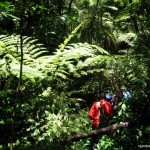
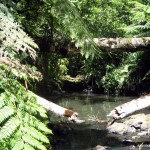
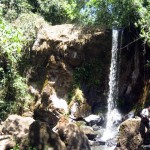

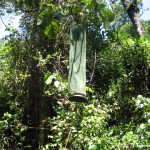
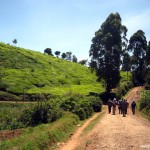
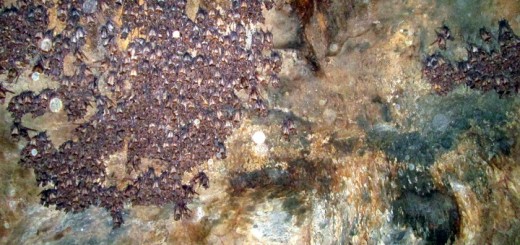

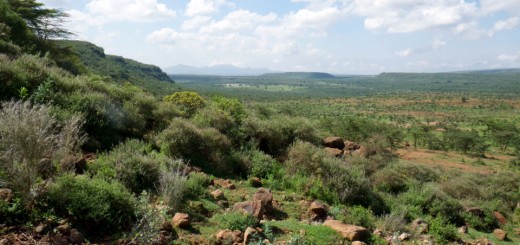
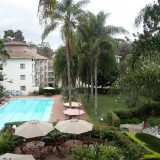
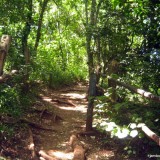

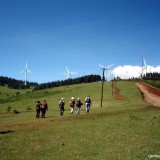
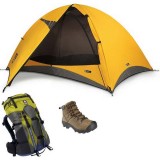
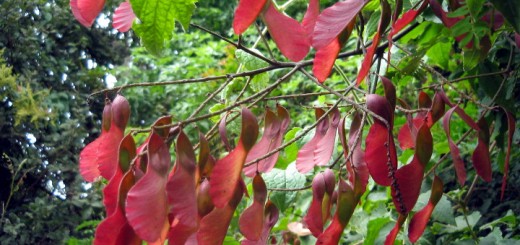
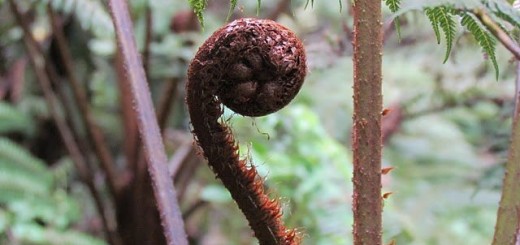
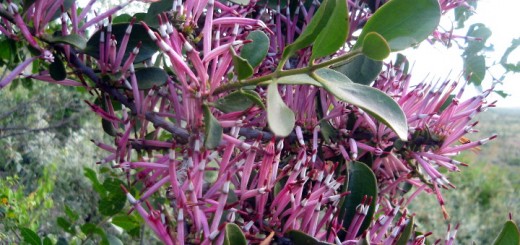


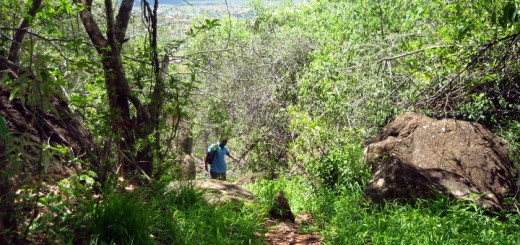

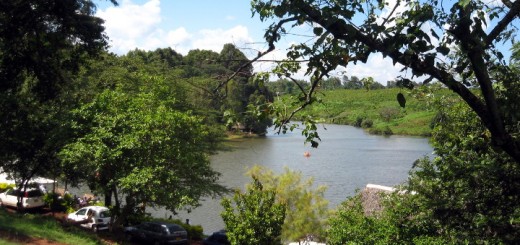

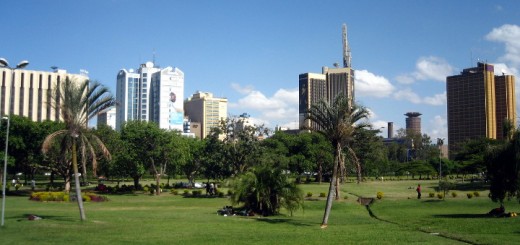
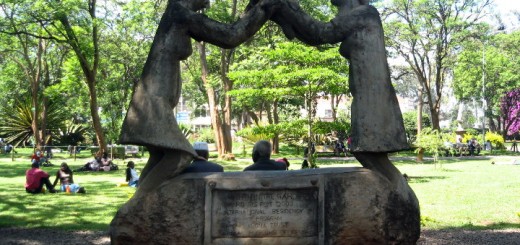

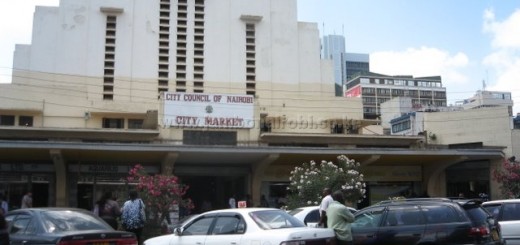

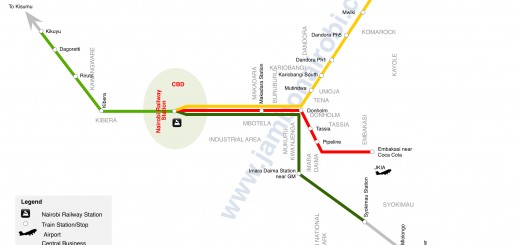

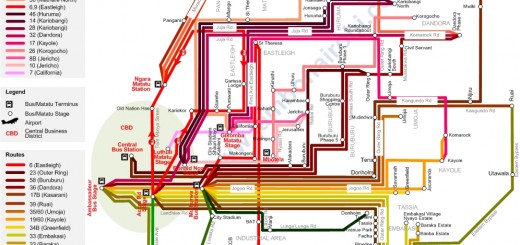
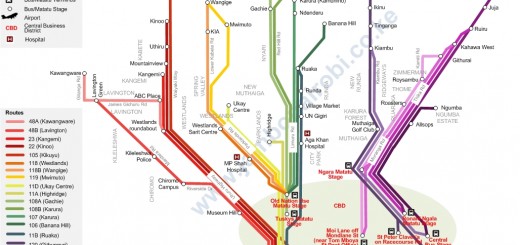
Wonderful site! Keep it up and keep me posted.
For more info on camping at this place contact me.
“https://fbcdn-sphotos-d-a.akamaihd.net/hphotos-ak-prn1/65501_10151453424473118_1637452296_n.jpg”